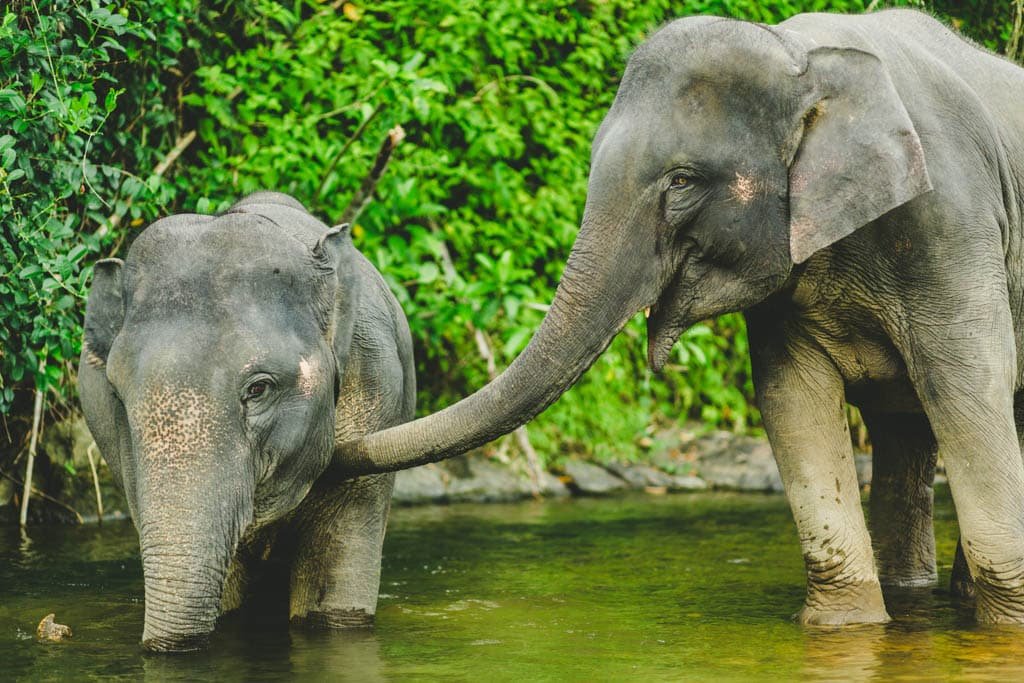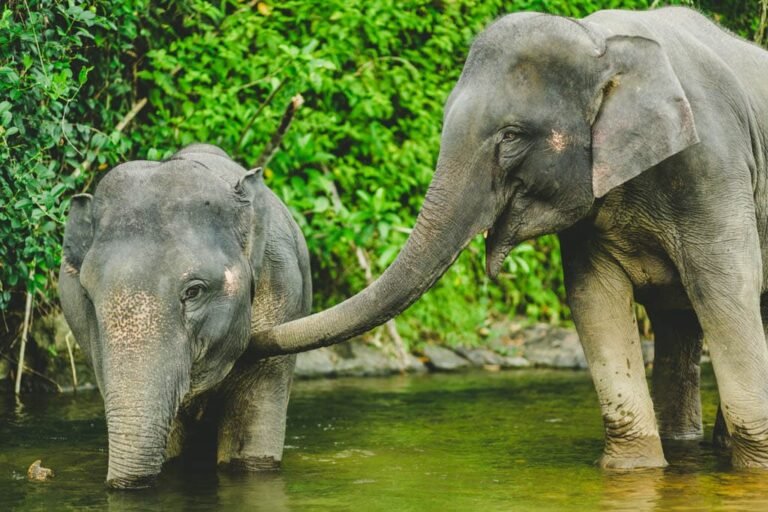Tamed Elephants In Sri Lanka
Tamed elephants in Sri Lanka
Tamed elephants have played a significant role in the culture, history, and daily life of Sri Lanka for centuries. These majestic creatures are deeply embedded in the island’s traditions and are highly respected and cherished by the local people..

Cultural Significance:
Sri Lanka’s relationship with elephants can be traced back to ancient times. Historically, they were used for various purposes, including transportation, labour, and wars. Over time, elephants became an integral part of religious and cultural festivals, adding grandeur to processions and events.
Domestication and Training:
The process of taming an elephant in Sri Lanka is known as “pilima.” Traditionally, this was a ritualistic practice where the young elephant, often captured from the wild, is brought to a temple and symbolically dedicated to a deity. Subsequently, the animal would be trained by experienced mahouts (elephant keepers) who. form a close bond with the elephants through patience, kindness, and understanding.
Captivity and Conservation:
The capture and keeping of elephants have evolved over time. In modern Sri Lanka, capturing wild elephants is illegal, and efforts are made to conserve and protect the remaining wild populations. However, there are still captive elephants that are kept in various places like temples, private residences, and elephant orphanages.
Festivals and Parades:
Tamed elephants are prominent participants in various religious and cultural festivals across Sri Lanka. During these events, they are decorated with vibrant clothing, colourful ornaments, and painted patterns. Elephants play a central role in processions, carrying sacred relics, Buddhist monks, or important dignitaries. The most famous elephant procession is the “Perahera” held in Kandy, which is a grand spectacle drawing thousands of locals and tourists alike.
Tourism and Commercial Use:
Sri Lanka’s tourism industry also involves tamed elephants. Visitors have the opportunity to witness these majestic animals up close, often partaking in elephant-back rides or watching them perform in shows. However, there have been concerns about the ethical treatment of elephants in certain tourist attractions, and responsible tourism is encouraged to prioritize the welfare of these animals.
Conservation Challenges:
Despite efforts to protect wild elephants and promote ethical treatment of captive elephants, there are still challenges related to their well-being. Issues such as habitat loss, human-elephant conflict, and illegal poaching remain significant threats to the overall elephant population in Sri Lanka.
In recent years, there has been a growing awareness of animal welfare, and efforts are being made to improve the living conditions of tamed elephants in the country. Organizations and individuals are working towards striking a balance between preserving the cultural heritage of these magnificent creatures and ensuring their ethical treatment and conservation in the future.






